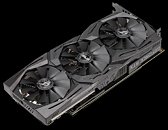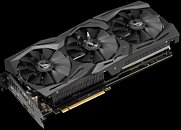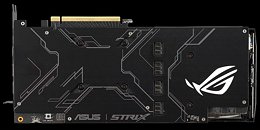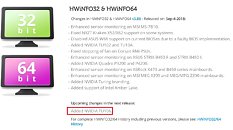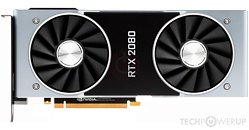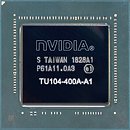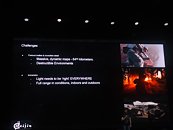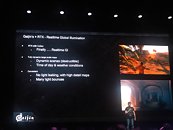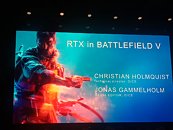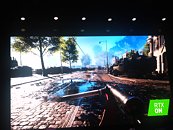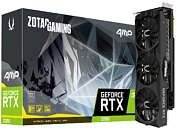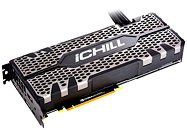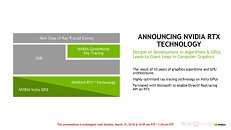
ASUS Announces Its NVIDIA RTX 2070 Graphics Card Lineup
ASUS has revealed their entire lineup, interpreting NVIDIA's RTX 2070 silicon (and its TU106 die, a first - remember that **70-class cards previously featured cut-down versions of the full NVIDIA chip). There aren't many surprised here - ASUS has already spent enough R&D in previous years so as to only need to minimally iterate on their designs for each new generation.
The ROG Strix graphics cards sit at the top of the heap, featuring the company's DirectCU III cooling tech (triple fan) in a 2.5-slot design. RGB lighting and dual BIOS support are par of the course by now, as are some of the other features - backplate and metal brace included. Connectivity-wise there are 2x HDMI 2.0b ports, 2x DisplayPort 1.4 outputs, and 1x USB Type-C port for VirtuaLink. The graphics card draws power from the 6-pin and 8-pin PCIe power connectors and will be available in three versions (Gaming OC, Gaming Advanced, and Gaming) according to factory overclocks.
The ROG Strix graphics cards sit at the top of the heap, featuring the company's DirectCU III cooling tech (triple fan) in a 2.5-slot design. RGB lighting and dual BIOS support are par of the course by now, as are some of the other features - backplate and metal brace included. Connectivity-wise there are 2x HDMI 2.0b ports, 2x DisplayPort 1.4 outputs, and 1x USB Type-C port for VirtuaLink. The graphics card draws power from the 6-pin and 8-pin PCIe power connectors and will be available in three versions (Gaming OC, Gaming Advanced, and Gaming) according to factory overclocks.
